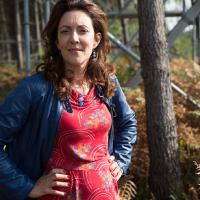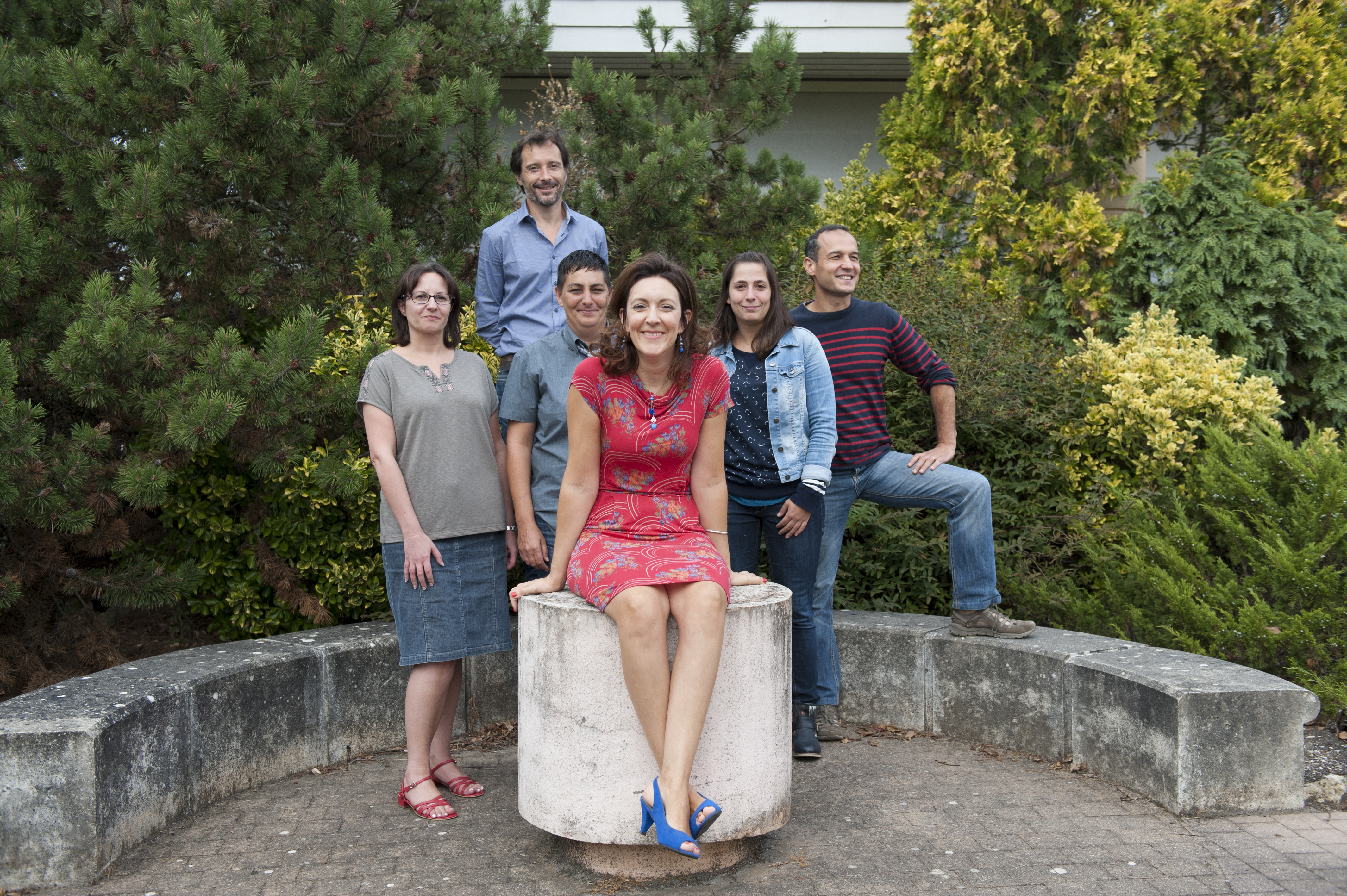
Climate change and risks Reading time 5 min
Lisa Wingate: Research, full speed ahead!
Published on 05 November 2014
Blazing new trails in research
Portugal, France, the United Kingdom, Germany… it would have been a shame to lose this young Scot so full of British flair in the recent referendum. Ms Wingate has combed Europe to track the carbon dioxide emitted by so much of the population. Fascinated by geography and environmental issues, she began a dissertation on photosynthesis and respiration flows in spruce plantations at the University of Edinburgh in 1998. She broke new ground with her work on monitoring gas exchanges between plants and the atmosphere via isotopic variations of CO2. Her innovative technique allowed her to model carbon transfers in forest ecosystems with great precision, leading to more accurate estimates of the overall productivity of Earth’s biosphere. She “asks the right questions at the right time”, and strikes the right balance between experimental observation and modelling. In the south of France, the young researcher studied the impact of drought on cork oak plantations. She detected the important role of microorganisms in the soil in atmospheric carbon flow, a major breakthrough which has led to greater precision in traditional modelling methods used to quantify carbon exchanges between the biosphere and atmosphere. Quickly earning respect from her peers, she went on to build a solid international network which has served to help install cameras in some 40 European ecosystems: a time-consuming “hobby” that will allow her to monitor changes in plant life in relation to climate change over a period of 20 years.
Chemical variations in trees
In 2007, Ms Wingate joined INRA in Bordeaux, focussing on the isotopic composition of carbon and oxygen in tree ring cellulose. Tree rings are the concentric circles that form in trunks at each annual growth spurt, and are an important source of knowledge of past climate and its impact on trees. Ten years into her very productive career, Ms Wingate published 26 articles in the top journals of her field, and has been cited more than 600 times. She is the recipient of several international awards and competitive grants including Marie Curie, the Natural Environment Research Council (NERC), and an Anglo-Japanese grant. Her motto? Perseverance! This researcher is relentless, trying and trying again, never giving up. “It’s a big job trying to convince juries to give grants to research projects,” she says. In 2013, she won a grant from the European Research Council (ERC) to continue her work on the role of soil microorganisms in greenhouse gas emissions. Thanks to this grant of 1.8M euros over five years, Ms Wingate has been able to recruit a team of five researchers and obtain laboratory equipment. In her own words, “It’s a wonderful opportunity for a young researcher; we’re in for an exciting next few years. I can’t wait to see how this team of complimentary skill sets will shed new light on so many questions. Our potential for scientific discovery is tremendous! How do microorganisms produce CO2, how can the knowledge acquired on this micro level be applied at a global scale? The questions are endless.”

"INRA? I love everything from its canteen to its workplace. I love the ambiance, a major contributing factor to success in the field! I love that we are given so much autonomy in our projects. INRA is also a tremendous network: an exceptional pool of talented researchers and experts from fields that really complement each other."
- Scottish, 42 years old, 3 children
- PhD obtained from The University of Edinburgh in 2004
- Research Scientist at INRA's ISPA research unit in Bordeaux
DISTINCTIONS
- Natural Environment Research Council (NERC) Advanced Fellowship at the University of Cambridge in 2010
- Marie Curie European Fellowship based at INRA in the EPHYSE unit in Bordeaux in 2013
- 2014 INRA Young Researcher Award
